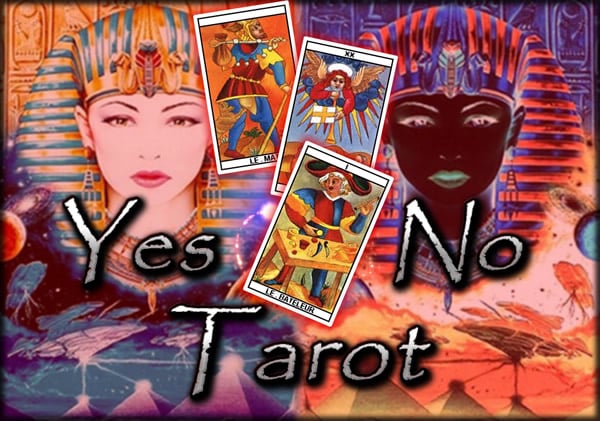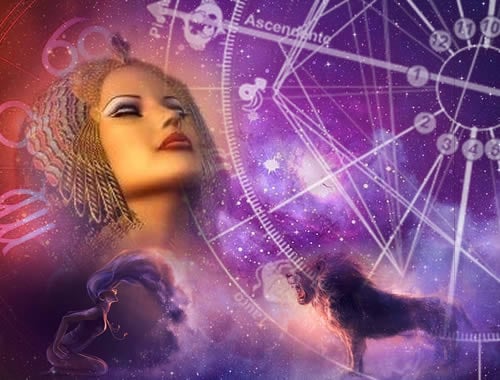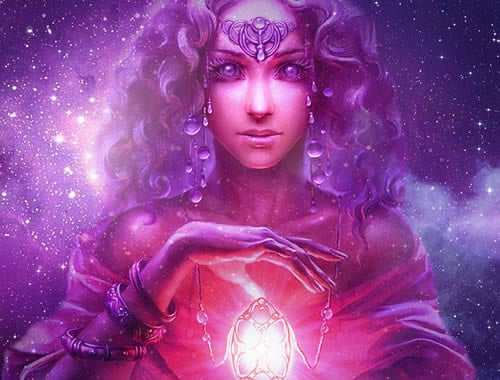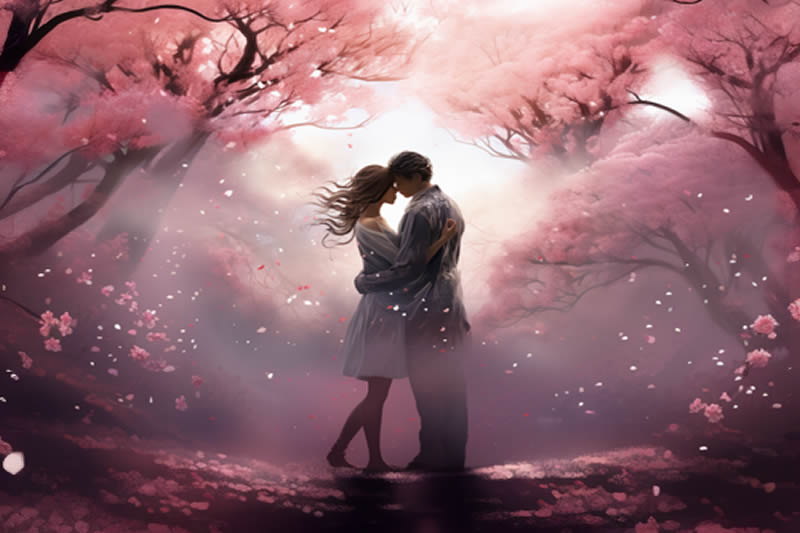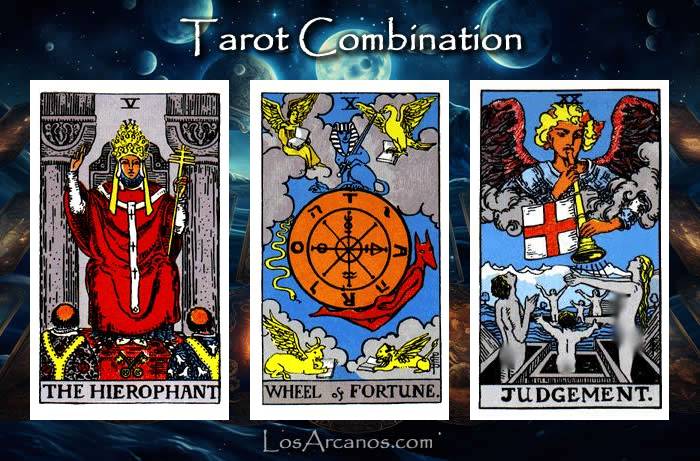
Combination THE HIEROPHANT, WHEEL OF FORTUNE and JUDGEMENT
Three-Card Tarot in Combination
Guided Enlightenment Through Tradition, Destiny, and Reawakening
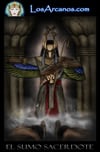
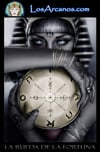
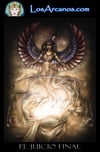
"The Hierophant, Wheel of Fortune, and Judgement - A Triad of Divine Order, Change, and Reawakening"
As we explore the profound and enigmatic world of Tarot, a striking combination unfolds when The Hierophant, the Wheel of Fortune, and Judgement come together in a reading. Each card on its own carries a potent message; however, when these cards intersect, they tell a story of traditional values, destiny's turns, and transformational judgement.
The Hierophant card serves as a bridge between the heavens and the earth, symbolizing spiritual wisdom and the established order. As the fifth Major Arcana, this card is often associated with conformity and traditional belief systems - upholding the status quo and a sense of conservatism. It represents education, religious guidance, and institutions that maintain societal structures. The Hierophant is a mentor figure, offering spiritual counseling, and can signify a period of seeking guidance or adhering to conventional moral standards.
By stark contrast, the Wheel of Fortune is the card of cyclical change, chance, and the unpredictability of life. A pivotal tenth card in the Major Arcana, it denotes life's ever-turning wheel where fate, luck, and karma come into play. This card implies that change is not only inevitable but often comes in cycles that we have little control over. The forces of destiny are at work, and it is by understanding and adapting to them that one can ride the tides of life's fortunes whether they rise or fall.
The Judgement card, a powerful symbol found towards the conclusion of the Major Arcana sequence, encapsulates the idea of absolution, evaluation, and rebirth. As card number twenty, it represents an awakening, calling on one to review past actions, make amends, and seek redemption. There is the theme of resurrection, where one is urged to rise to a new consciousness, making decisions that set the soul on the path of a higher purpose.
When The Hierophant, Wheel of Fortune, and Judgement come together, they create a narrative of life’s journey from traditional structures to transformative change, culminating in an ultimate awakening.
The Hierophant initiates this triad with the call to understand the established norms and seek wisdom within the proven paths. He signifies the importance of cultural rituals and the seeking of spiritual counsel, implicating a time to honor traditions and learn from the institutionalized knowledge ahead of change.
The Wheel of Fortune follows, suggesting that despite the foundation laid by The Hierophant, change is inevitable, and the currents of fortune will shift. This card introduces the element of unpredictability, indicating that transformation is afoot and that the individual must be ready to turn with the wheel, adapting to the cycles of life.
Finally, Judgement represents the culmination of the preceding cards' journeys, signaling a time of reckoning and enlightenment. It heralds an opportunity to rise from the ashes of the past, to reckon with the consequences of one's actions, and to embrace a moment of profound existential transformation that aligns one with their true purpose.
In summary, this triad speaks to an evolutionary process of adhering to tradition, experiencing inevitable shifts, and emerging transformed. It represents a spiritual odyssey that beckons the seeker to learn from the past, adapt to the changing tides of fortune, and find redemption and clarity in their personal judgment day. The intersection of these three cards thus symbolizes a powerful narrative of continuity, change, and spiritual rebirth.
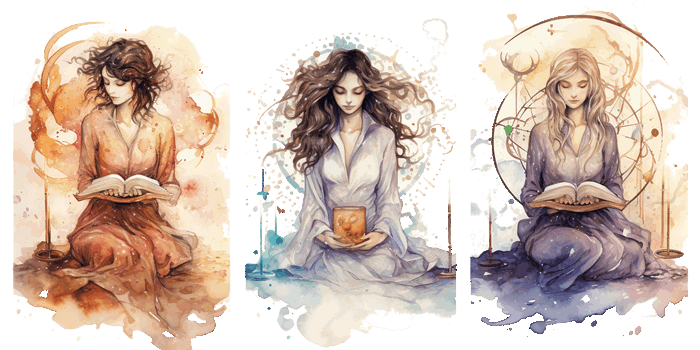
Other 3-Card Combinations:
THE HIEROPHANT

THE HIEROPHANT Combinations
Other 3-Card Combinations:
WHEEL OF FORTUNE

WHEEL OF FORTUNE Combinations
Other 3-Card Combinations:
JUDGEMENT

JUDGEMENT Combinations
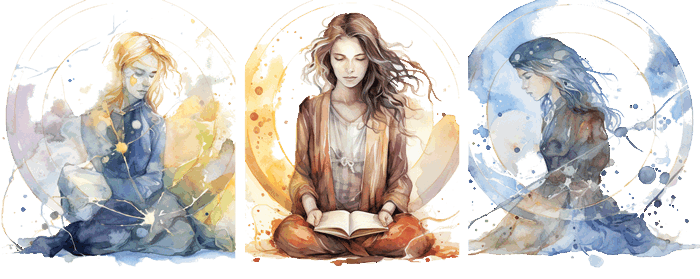
Other interesting 3-card combinations
THE EMPEROR, STRENGTH and JUDGEMENT
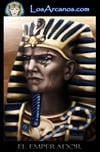
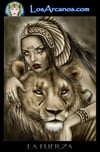

Empowered Awakening: Asserting Control through Inner Courage and Renewal
Show Combination
THE FOOL, THE HIGH PRIESTESS and THE HIEROPHANT
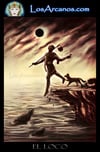
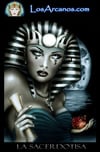

Embrace New Beginnings, Intuitive Wisdom, and Spiritual Guidance
Show Combination
THE FOOL, JUSTICE and TRANSFORMATION

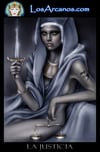
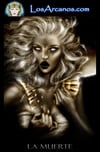
Journey to Balance: Embracing Change and New Beginnings (Note: In tarot, the card Transformation is often referred to as Death, which symbolizes transformation and change rather than physical death.)
Show Combination
THE MAGICIAN, THE HANGED MAN and TEMPERANCE
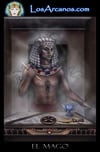
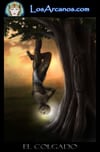
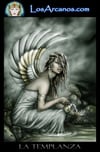
Harmonizing Potential with Patience: The Magician's Transformation through The Hanged Man's Insight and Temperance's Balance
Show Combination
WHEEL OF FORTUNE, STRENGTH and THE DEVIL


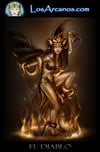
Embracing Change: Harness Inner Power to Break Free from Binding Forces
Show Combination
Return to All Card Combinations

